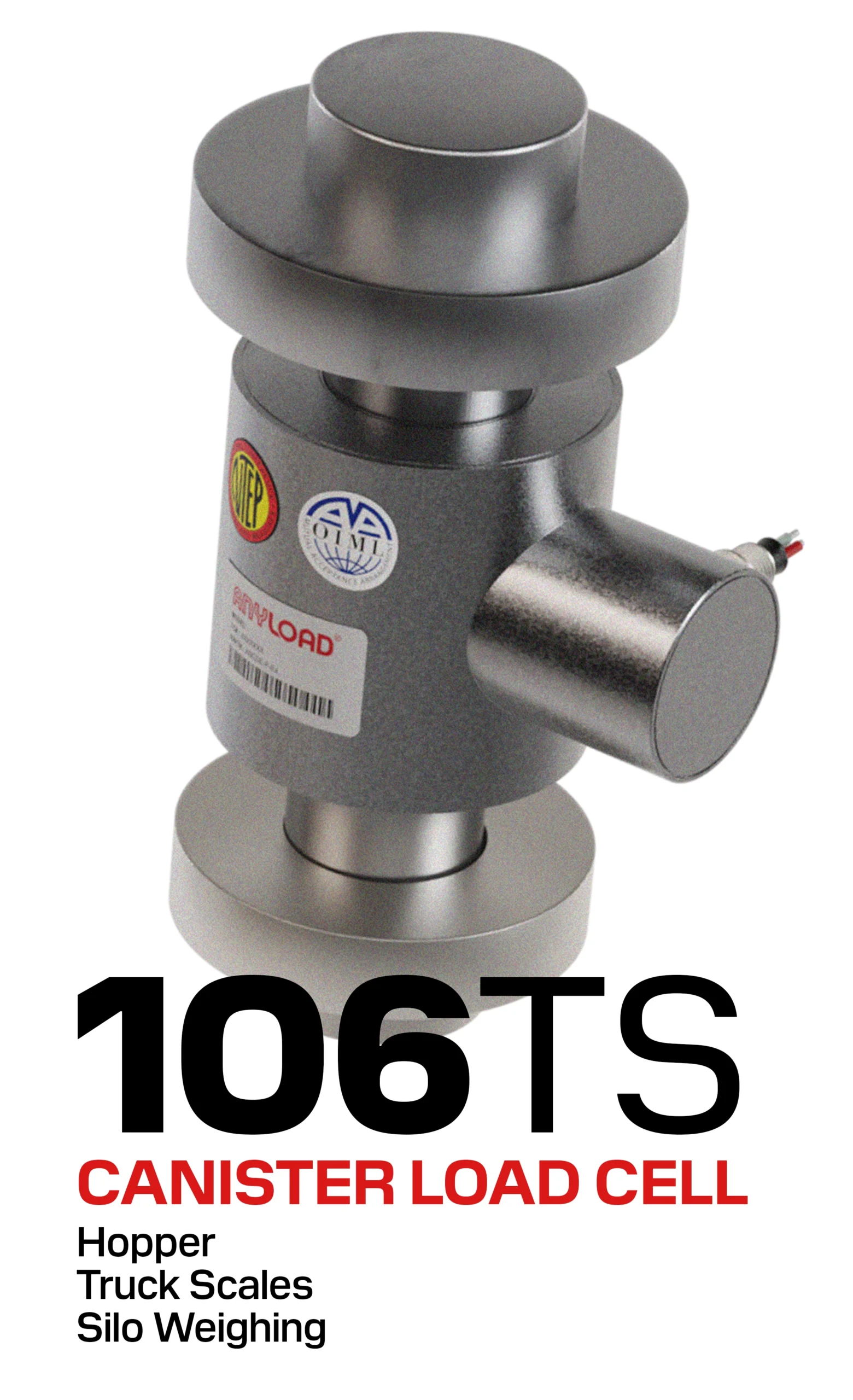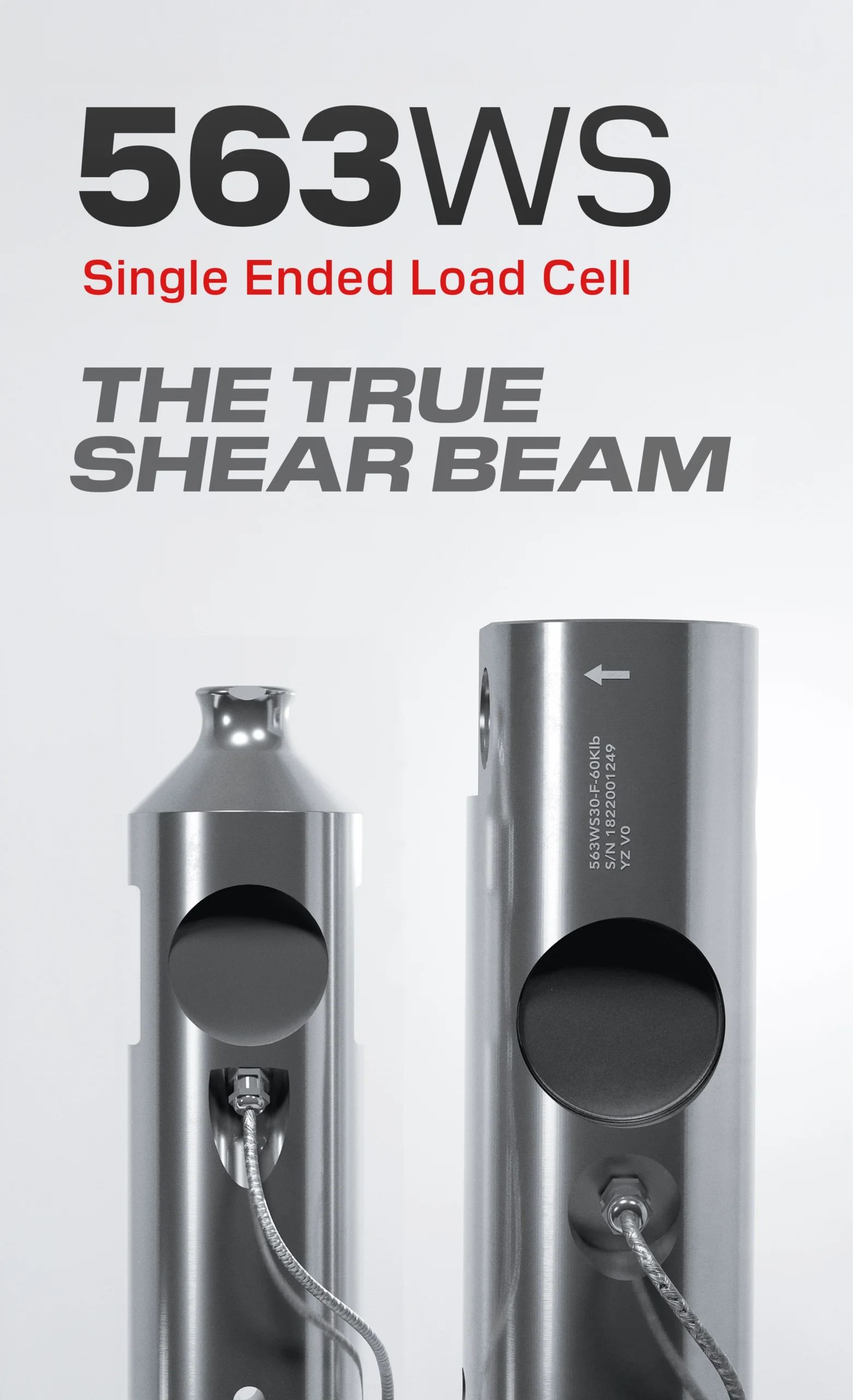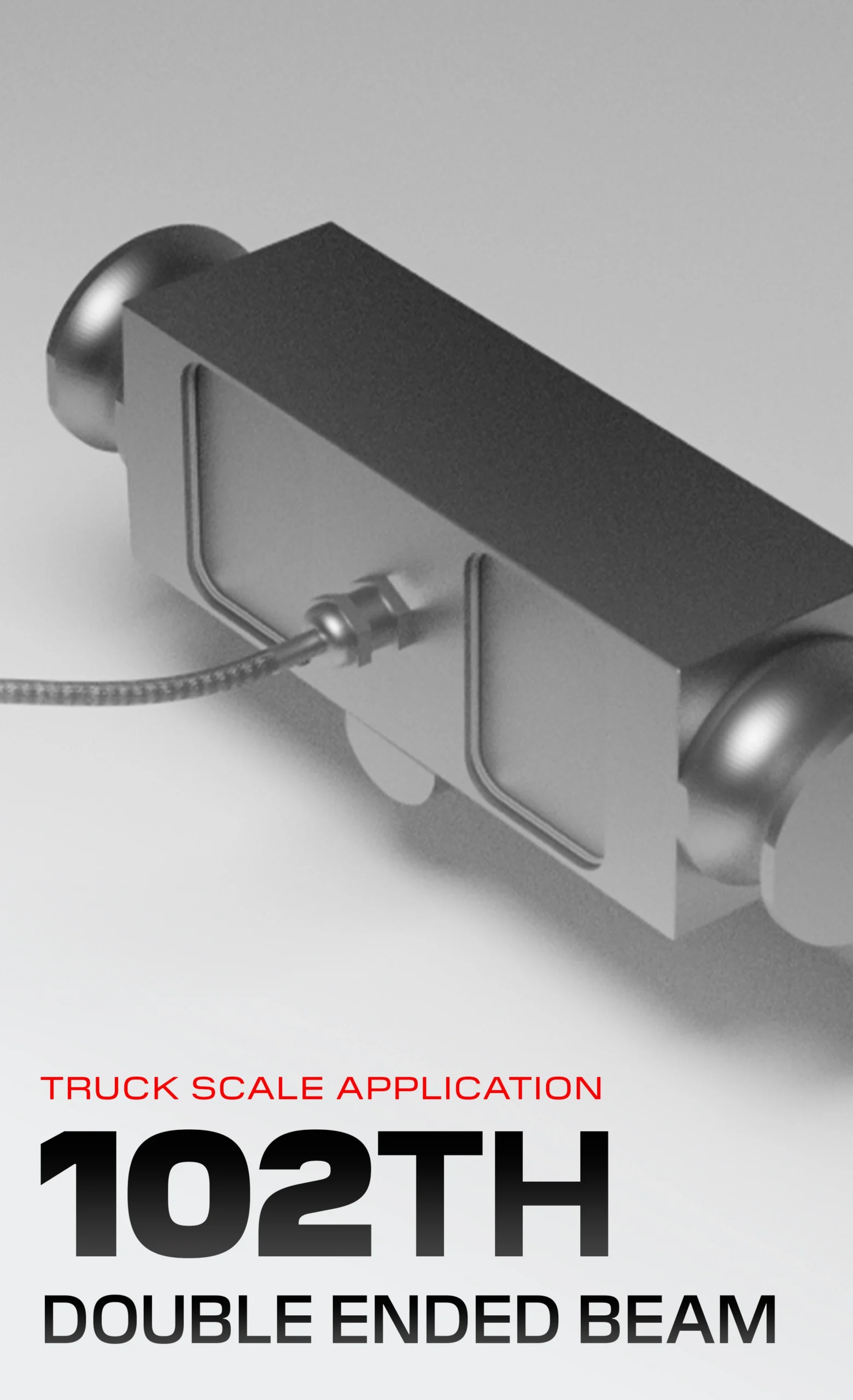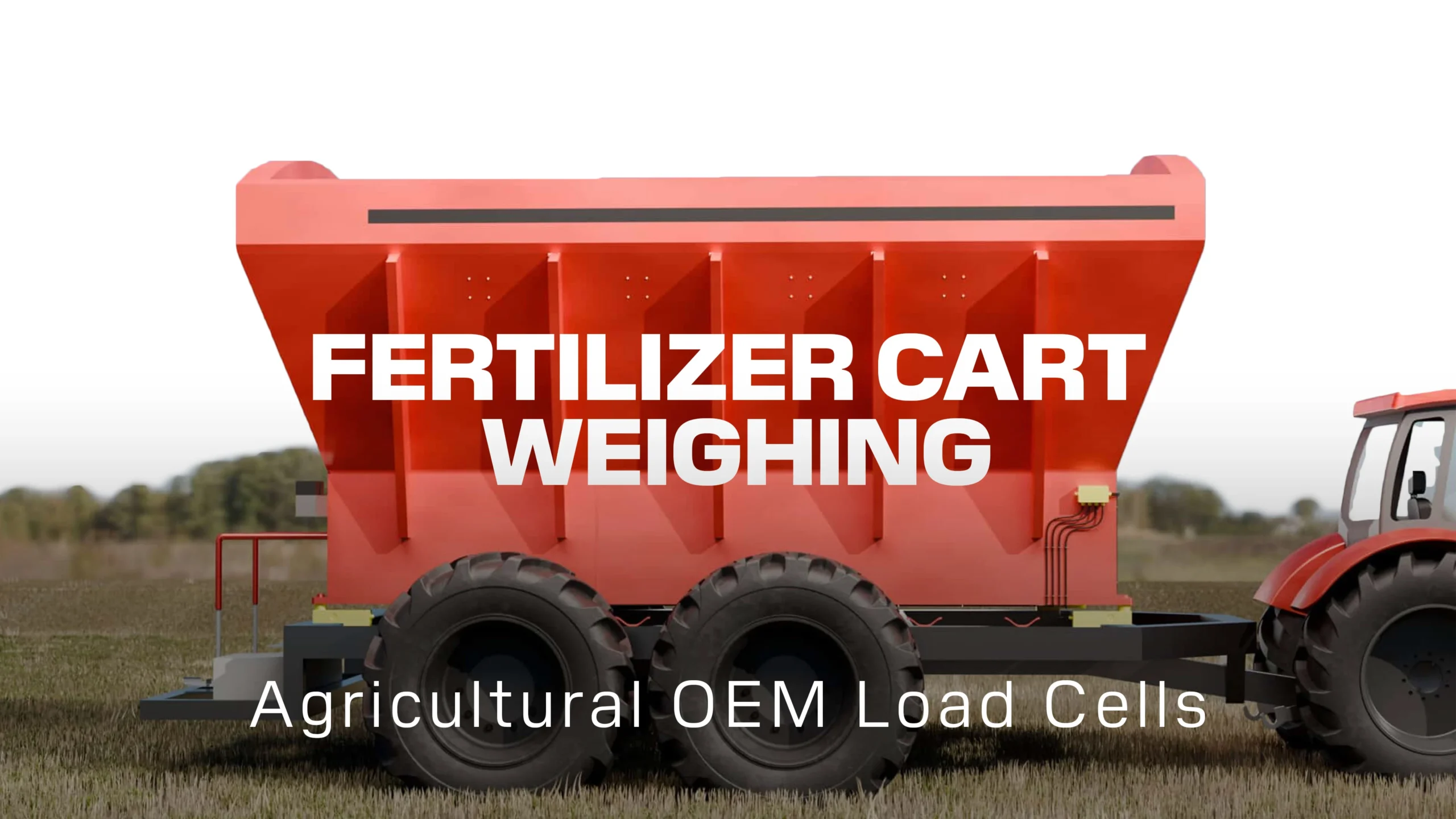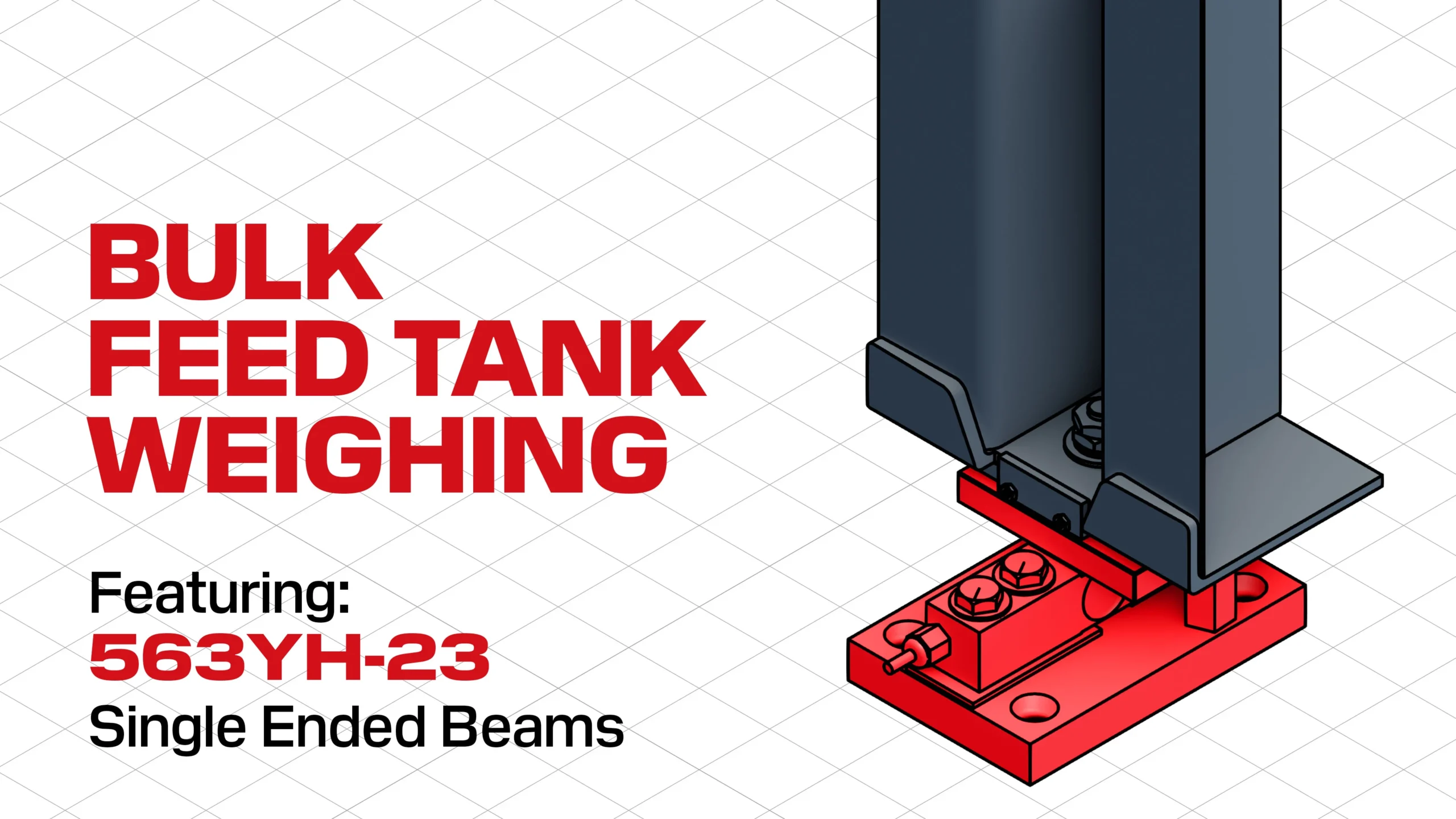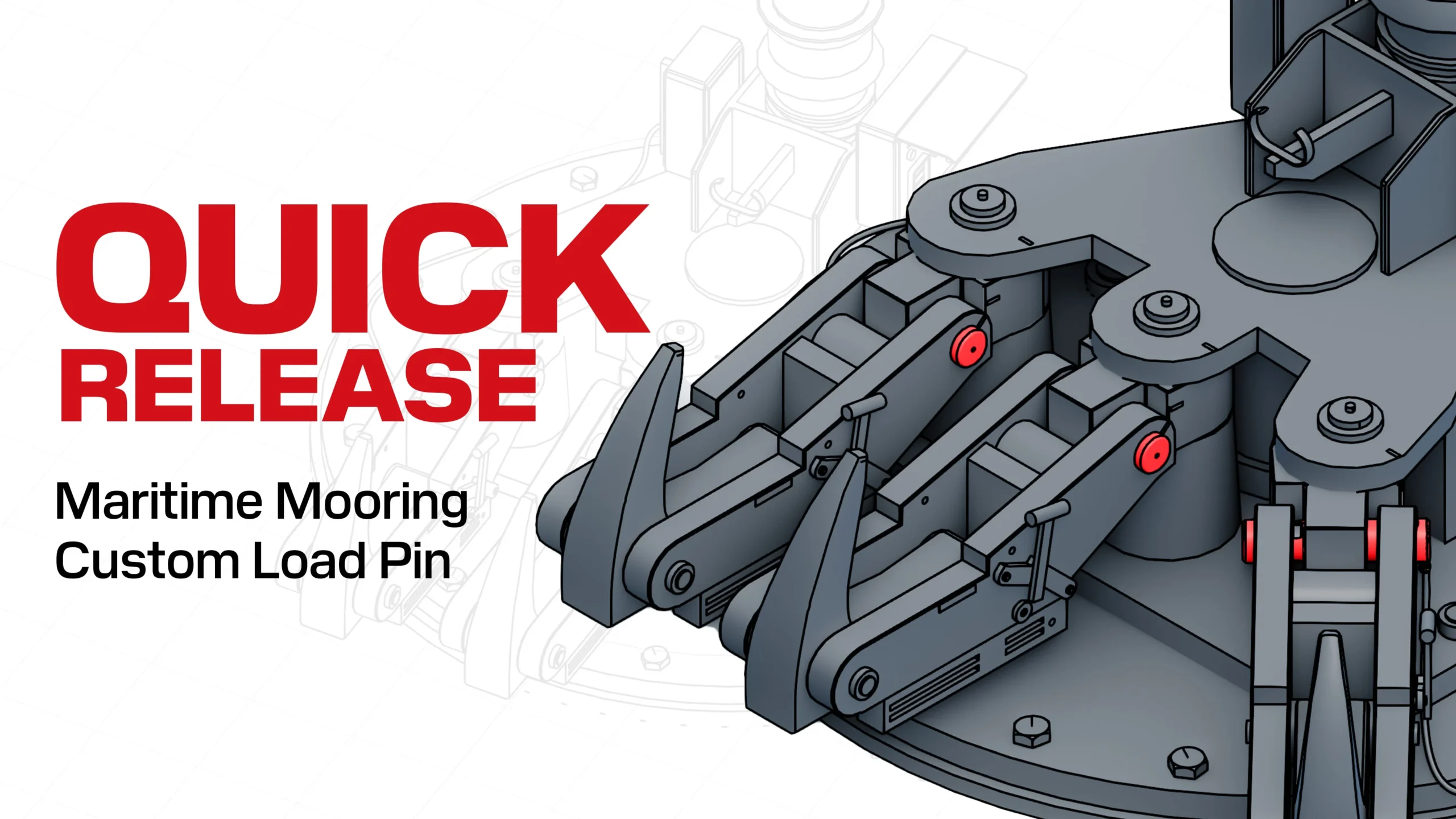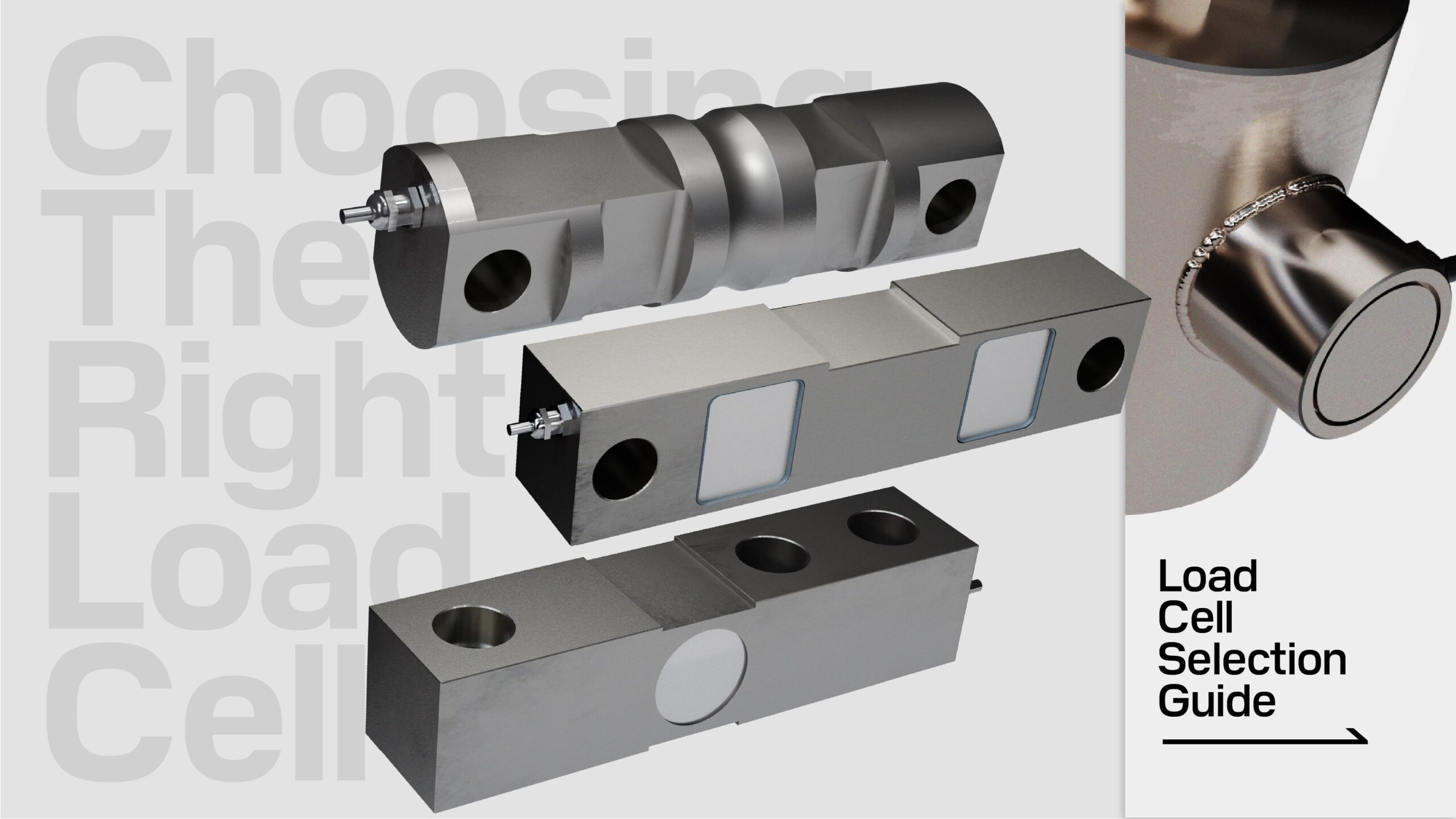스케일 문제 해결
마지막 업데이트 3월 22일 - 10분 읽기
소개 스케일 문제 해결
⚠︎ 안전 공지:
계량 시스템으로 작업할 때는 안전을 유지하는 것이 가장 중요합니다. 이러한 시스템은 감전, 장비 손상 또는 부상을 방지하기 위해 세심한 취급이 필요합니다. 유지보수는 자격을 갖췄을 뿐만 아니라 안전 및 시스템 프로토콜에 대한 포괄적인 이해가 있는 개인이 전담해야 합니다.
유지보수 작업을 시작하기 전에 시스템의 전원을 완전히 차단하고 효과적으로 격리하여 우발적인 재가동을 방지하는 것이 중요합니다. 절연 공구를 사용하고 적절한 보호 장비를 착용하는 것은 기본입니다. 또한 장비 제조업체에서 제공하는 안전 지침을 준수하고 전기 안전 조치를 숙지하는 것도 중요합니다. 법정 저울의 경우 무단 조작 시 재인증이 필요할 수 있으므로 각별한 주의가 필요합니다. 전문가의 도움을 받을 것을 강력히 권장합니다.
1. 저울 문제 해결을 위한 기본 단계
문제 해결 프로세스를 시작하기 전에 규모 문제를 일으킬 수 있는 환경적 또는 운영적 요인을 기록해 두는 것이 도움이 됩니다. 악화 요인에는 다음이 포함될 수 있습니다:
- 높은 습도/습도 환경, 압력 세척
- 부식성 화학물질(소금, 염소, 산, 표백제, 암모니아, 비료 등)에 노출되는 경우
- 50°C 또는 122°F를 초과하는 온도
- 설치류 존재
상당한 진동 - 전기 서지가 발생하기 쉬운 전원
- 체중계 주변의 먼지 또는 이물질
- 충격, 과부하 조건의 가능성
- 매우 큰 전기장 또는 자기장, 급격한 기압 변화
이러한 요소를 염두에 두면 문제를 진단하는 데 중요한 맥락을 제공할 수 있습니다. 다음은 계량 시스템 문제 해결을 위한 몇 가지 기본 단계입니다.
- 육안 검사: 전체 저울을 육안으로 검사하는 것부터 시작하세요. 시스템 성능에 영향을 줄 수 있는 손상, 마모 또는 간섭의 명백한 징후가 있는지 살펴봅니다. 여기에는 로드셀, 계량 플랫폼, 인디케이터에 물리적 손상이나 이상이 있는지 검사하는 것이 포함됩니다. 계량 플랫폼 아래에 있는 이물질을 제거합니다.
- 시스템 확인: 체중계의 모든 전자 부품에 전원이 제대로 공급되고 작동하는지 확인합니다. 표시기나 제어 장치에 오류 메시지가 표시되는지 확인하여 문제의 본질을 파악할 수 있는 단서를 즉시 제공합니다.
- 연결 및 배선: 로드셀과 정션 박스, 인디케이터 등 구성 요소 간의 모든 연결부가 단단하고 부식이나 손상이 없는지 확인합니다. 연결부가 느슨하거나 손상되면 부정확한 판독값이나 고장이 발생할 수 있습니다.
- 기능 테스트: 저울에 알려진 무게를 가하여 판독값의 정확성을 확인하는 등 기본적인 기능 테스트를 수행합니다. 이를 통해 측정 정확도에 문제가 있는지 아니면 시스템의 다른 측면에 문제가 있는지 파악할 수 있습니다.
- 문서를 참조하세요: 사용 중인 장비와 관련된 문제 해결 팁과 권장 방법은 제조업체의 설명서를 참조하세요. 이를 통해 일반적인 문제와 그 해결 방법에 대한 유용한 정보를 얻을 수 있습니다.
참고: 문제 해결 과정 전반에 걸쳐 상세한 문서화를 유지하면 매우 유용합니다. 수행한 테스트, 관찰한 사항, 발생한 오류 메시지에 대한 명확한 기록은 기술 지원팀이나 서비스 담당자가 문제를 더 빠르고 효율적으로 진단하고 해결하는 데 큰 도움이 될 수 있습니다.
2. 저울에 대한 전문가의 도움 구하기
위에서 설명한 기본 단계를 통해 계량 시스템의 일반적인 문제를 파악할 수 있지만, 일부 문제는 전문 계량 서비스 회사의 전문 지식과 장비가 필요할 수 있습니다. 필요한 자격 없이 복잡한 문제를 해결하려고 시도하면 가동 중단 시간이 길어지고, 추가적인 문제가 발생하며, 장비와 안전에 불필요한 위험이 발생할 수 있습니다.
저울 서비스 전문가는 문제를 효율적으로 진단하고 해결할 수 있는 전문 지식, 도구, 경험을 보유하고 있습니다. 교정 및 유지보수부터 수리 및 부품 교체까지 종합적인 서비스를 제공할 수 있습니다.
운영 중단을 방지하기 위해 규모 문제를 신속하게 해결해야 하는 시급성을 잘 알고 있습니다. 그렇기 때문에 "딜러 찾기" 페이지를 통해 자격을 갖춘 서비스 제공업체의 글로벌 네트워크를 제공합니다. 전 세계 어디에서든 당사의 플랫폼을 통해 계량 시스템 요구 사항을 지원할 준비가 된 자격을 갖춘 전문가와 연결할 수 있습니다.
3. 스케일 문제 해결을 위한 기계적 테스트 가이드
기본적인 문제 해결은 시스템에 익숙한 사람이 수행할 수 있지만, 복잡하거나 지속적인 문제는 전문가가 해결해야 합니다. 잘못된 진단이나 수리는 시스템 손상뿐만 아니라 안전상의 위험까지 초래할 수 있습니다. 확실하지 않거나 문제가 기본적인 해결 방법을 넘어서는 경우 전문가의 도움을 받는 것이 현명합니다.
현장 지원을 위해 전문가와 상담할 것을 강력히 권장합니다. 당사의 글로벌 딜러 네트워크는 귀사의 계량 시스템이 원활하고 안전하게 작동하도록 필요한 지원을 제공할 수 있는 장비를 갖추고 있습니다. 해당 지역의 전문가 지원을 받으려면 다음을 방문하세요. 딜러 찾기 페이지로 이동합니다.
코너 테스트:
목적:
코너 테스트는 오작동하는 로드셀이나 기계적 장애물과 같은 저울 내 잠재적 문제를 감지하는 기본 기술입니다. 로드셀의 용량을 초과하지 않는다면 적절한 표준 테스트 무게, 알려진 무게 또는 기술자의 체중을 사용하여 수행할 수 있습니다.
지침:
- 표시기의 초기 무게 수치를 기록해 두세요.
- 로드셀에 알려진 무게를 직접 가합니다(각 로드셀의 정격 용량을 초과하지 않음).
- 표시기 수치의 변화를 관찰하세요. 추가된 무게와 일치해야 합니다.
- 무게추를 제거하고 표시기 판독값이 초기 무게값으로 돌아가는지 확인합니다.
- 각 모서리에서 이 테스트를 반복하여 불일치하는 부분이 있는지 확인합니다. 네 모서리를 모두 비교합니다.
결과 1: 각 로드셀이 추가된 무게를 정확하게 반영하고 무게를 제거하면 초기 판독값으로 돌아간다면 시스템이 올바르게 작동하고 있으며 올바르게 보정된 것입니다.
결과 2: 모든 로드셀이 동일한 잘못된 값을 표시하지만 0으로 올바르게 돌아간다면 시스템에 재보정이 필요할 수 있습니다. 모든 모서리에서 균일한 판독값은 로드셀이나 기계적 문제가 없음을 나타냅니다.
결과 3: 하나의 로드셀이 나머지 로드셀과 다른 수치를 표시하지만 올바르게 재설정되면 해당 특정 코너에 기계적 간섭이 있을 가능성이 있음을 나타냅니다. 교대 테스트를 통해 문제를 추가로 진단할 수 있습니다.
결과 4: 로드셀이 무게를 추가했을 때 다른 로드셀과 일치하지만 초기값으로 돌아가지 않는다면 과부하로 인해 손상되었을 수 있으므로 교체해야 할 수 있습니다.
교대 근무 테스트:
목적:
시프트 테스트는 계량 시스템 내의 기계적 간섭을 감지하여 인접한 로드셀의 협력 기능을 평가하도록 설계되었습니다. 이 방법은 개별 로드셀 테스트에서는 명확하게 드러나지 않을 수 있는 문제를 정확히 찾아내는 데 특히 유용합니다. 로드셀의 용량을 초과하지 않는다면 표준 무게, 알려진 질량 또는 기술자의 체중으로도 수행할 수 있습니다.
지침:
- 인디케이터의 초기 무게 수치를 확인하세요.
- 각 로드셀에 알려진 무게를 직접 가합니다(각 로드셀의 정격 용량을 초과하지 않음).
- 표시기 수치의 변화를 관찰하세요. 추가된 무게와 일치해야 합니다.
- 무게추를 제거하고 표시기 판독값이 초기 무게값으로 돌아가는지 확인합니다.
- 각 모서리에서 이 테스트를 반복하여 불일치하는 부분이 있는지 확인합니다. 네 모서리를 모두 비교합니다.
결과 1: 각 로드셀이 추가된 무게를 정확하게 반영하고 무게를 제거하면 초기 판독값으로 돌아간다면 시스템이 올바르게 작동하고 있으며 올바르게 보정된 것입니다.
결과 2: 모든 로드셀이 동일한 잘못된 값을 표시하지만 0으로 올바르게 돌아간다면 시스템에 재보정이 필요할 수 있습니다. 모든 모서리에서 균일한 판독값은 로드셀이나 기계적 문제가 없음을 나타냅니다.
결과 3: 하나의 로드셀이 나머지 로드셀과 다른 수치를 표시하지만 올바르게 재설정되면 해당 특정 코너에 기계적 간섭이 있을 가능성이 있음을 나타냅니다. 교대 테스트를 통해 문제를 추가로 진단할 수 있습니다.
결과 4: 로드셀이 무게를 추가했을 때 다른 로드셀과 일치하지만 초기값으로 돌아가지 않는다면 과부하로 인해 손상되었을 수 있으므로 교체해야 할 수 있습니다.
